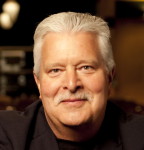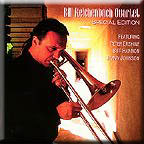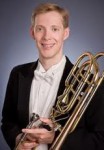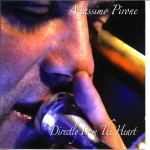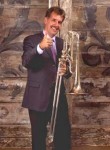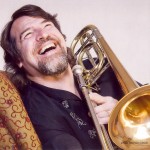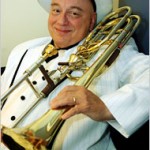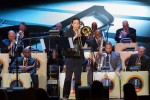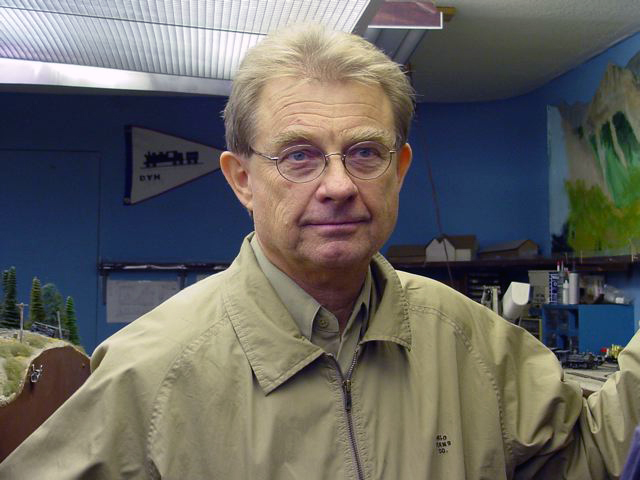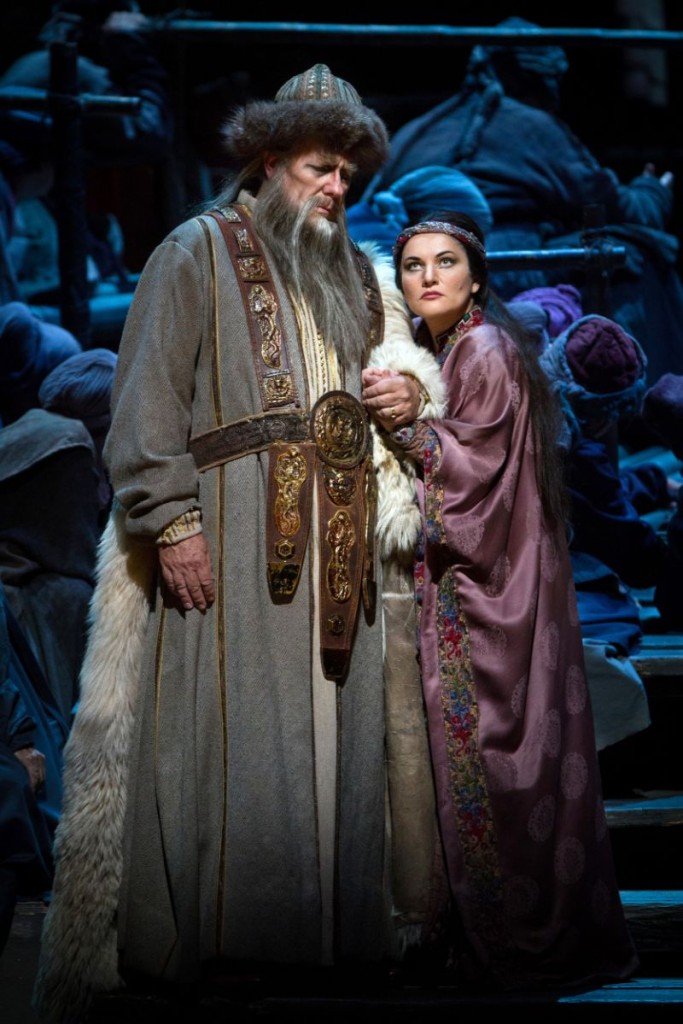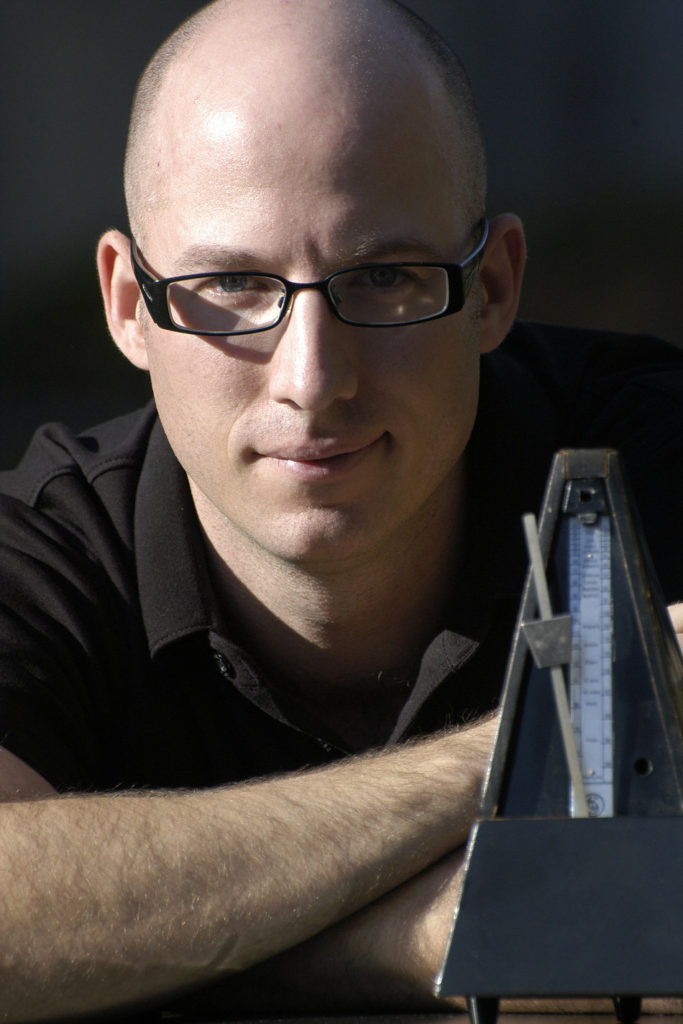What is your inspiration? Love? God? A person? A composer? A great instrument? Composers need inspiration, too! How can they find the person to embody the music of their next piece? What characteristics might that person possess? To play with such beauty to attract a composer and inspire them to spend untold hours working towards a new vision, a new collaboration, a new beauty. A former Trombone professor and Dean from Michigan State University may hold the answer. Curtis Olson has inspired more pieces to be written for bass trombone than most, as evidenced by the impressive trail of beauty from the musical journey of lifetime. From presenting at the International Trombone Workshop alongside Christian Lindberg to inspiring friends and colleagues, Curtis Olson led a rich musical life. Please join him int he upper Midwest, along with “Seven Posiitons” tm….Enjoy!
1. What do you look for in a horn?
Ok. In undergrad school (Bemidji State University), I played on a school-owned, double-valve (Bb, F and E) Reynolds Contempora. In my senior year, I bought a Conn 62H (Bb, F and D). That was a great horn until the airline ran over it on my return from my Eastman audition.
So, I bought a Holton TR 180 (Bb, F and E or D). I used it as D except for Bartok Concerto- I used the E. I used that Holton for the rest of my playing career.

Then, maybe around 1986 or 1987, a student found a Mount Vernon Bach 50B (single valve). I told him that he should use his money to a double-valved horn instead, but he wanted the panache of the Mount Vernon. Later that year, he came up short of funds and had to sell it. So, I reluctantly bailed him out and bought it from him. Well that horn was the only one I ever used from then on-it was amazing. I called it my “Bing Crosby” horn because the tone was so beautiful. I used it on the Brass Band of Battle Creek, “Sing, Sing, Sing.” And, everywhere else I could get away with only one valve. I sold all my horns after my focal dystonia in 19996. Every bass trombone player who played that horn wanted to buy it.
2. What is your secret to successful doubling?
Horn-quality of sound, ease of response, good pitch throughout the range. Doubling-I could only double on alto trombone. It appears that the tenor mouthpiece was too close to the bass. I lost sensitivity on the bass. I think maintaining sensitivity on the main instrument is utmost.
3. How do you approach the Gillingham Sonata?
Dave wrote the piece for me for a recital I shared with Christian Lindberg in 1985. ITW 1985 in Nashville. I approach it slowly and work out the technical issues. Then, infuse it with fire. A great piece.

4. What other works for low brass have you had a hand in?
David Liptak wrote two pieces for me, one in grad school and the other at Michigan State. They are “Flaming Angel” for Bass Trombone and amplified harpsichord and “Dark Angels”, a chamber concerto.
“Flaming Angel” was written while both Dave Liptak and I were grad students at Eastman. The first performance was at one of my DMA graduate recitals in Kilbourn Hall. I believe the year was 1975. Marie Rolf, our professor at Eastman, played the amplified harpsichord part. I also played it at Michigan State with Dave playing the harpsichord part (If I remember correctly), and also at the 1977 or 1978 Midwest Trombone Clinic at Indiana State University. Vern Kagarice (then at Youngstown State University), and I were faculty.
“Dark Angel” was written while both Dave Liptak and I taught at Michigan State University. The first performance was at MSU with other faculty on one of my faculty recitals. I think in 1979. Dave just revised the piece and it is again published:
http://dliptak.com/compositions.html
Eric Ewazen wrote a trombone quartet with bass trombone feature for my performer’s recital called “Kwaiden” when both Eric Ewazen and I were at Eastman. I received the Performer’s Certificate in late 1975 or early 1976. “Kwaiden” was written for that Performer’s recital. Eric wrote most of the piece at the LIBRARY!!! He told me. It is a trombone quartet with bass trombone feature. “Kwaiden”, in Japanese, means something like ‘the ultimate horror’.

The players on that first performance were Allen Barnhill (now Houston Symphony), Maury Okun-(now CEO of Detroit Chamber Winds), Ken Bruce-(not sure, but he taught piano and theory around Buffalo, NY), and me.
I played it with students at MSU several times and and also at the 1985 International Trombone Workshop (as it was called then). The student performers were Doug Johnson, Jim Martin and Jay Owens. Let me know if you have any further questions—this is fun, going back in time.
Stan Friedman wrote an unaccompanied piece for me in grad school, “OS”.
5. Which Orchestral Composers do you most enjoy as a listener? Player? Why?
I listen to R. Strauss, Stravinsky, Beethoven, Saint-Saens, etc. as well as Frank Sinatra and Nelson Riddle.
6. Which things outside of music most informed your music and teaching?
Informed my teaching-everything I saw and everyone I knew. Especially the old Chicago Symphony Trombone section.
7. What are your favorite things about Michigan?
Michigan-I liked everything about the state.

8. Which trends in low brass interest you most?
Trends in low brass-the high quality of performance and the ability to see and hear great players on Youtube.
9. When did you become interested in knives?
My interest in knives began while I was in graduate school at Eastman around 1974. I would walk to the Rochester Public Library on Saturday afternoon once in awhile to just look around. It was there I saw on a Sports Illustrated cover a picture of a knife. And, in the magazine was an article about Robert W Loveless. I was captivated by the design and appearance of his knives, but even more interested in the quality of the steel (stainless steel) he used in his knives. He found that 154CM stainless steel, a steel developed for jet-engine turbines would also be perfect for a high-end knife because of its amazing ability to hold an edge and resist rusting, its high toughness and its ability to be hardened to a high degree. So, I purchased pre-made blades and put handles on them.
When I was in East Lansing, in 1978, I began learning to make the actual blade with the instruction of Mike Leach, an established knifemaker from Flint, Michigan who was a member of the Knifemaker’s Guild, an international peer-reviewed organization. Mike was an excellent teacher and showed me how to shape steel, grind the primary bevel, prepare it for heat-treat and how to finish it. He also showed me how to make leather sheaths-which are, themselves, a very evolved design that look simple, but are extremely effective in holding and protecting the knife and user.
Steel manufacturing technology has progressed remarkably since I began making knives, and I now use only particle-metal steel that is a process developed in 1970 but made readily available to knifemakers around the turn of the 21st century. It is a big step up from other stainless steels in every way. I normally put stabilized wood on my knives as handles, or micarta (a phenol product (high grade plastic strengthened with canvas, linen or paper)). Micarta is often used in place of steel where steel may corrode over time, such as underwater bearings. The stabilized wood I use is actual beautiful wood that has been treated under vacuum with a product that minimizes expansion and contraction with exposure to changes in temperature and humidity. I specialize in classic hunting knives with tapered tangs (for balance and elegance) and am now learning to make folding knives from an internationally-recognized maker. Lakeland Public Television (lptv.org) filmed a 25-minute segment of me making a knife on their syndicated TV series called “Common Ground”. Anyone can view it via the internet by going to that site, finding “Common Ground” and searching for the episode entitled, “Classic Hunting Knives”.
Images courtesy of MSU, Bemidji State, ITW & Ipnimg.com
c. 2021 David William Brubeck. All Rights Reserved.
Interested in more“Seven Positions”?
2012
1. ‘Seven Positions’ tm launches with Charlie Vernon, of The Chicago Symphony Orchestra, brilliant pedagogue and soloist.
2. ‘Seven Positions’ tm with James Markey, of The Boston Symphony Orchestra and New York Philharmonic
3. ‘Seven Positions’ tm with Chris Brubeck: Jazz Soloist, Composer and Bandleader
2013
4. ‘Seven Positions’ tm with Doug Yeo of the Boston Symphony Orchestra and Arizona State University
5. ‘Seven Positions’ tm with Jeremy Morrow, of The New World Symphony
6. ‘Seven Positions’ tm with Tom Everett, of Harvard University
7. ‘Seven Positions’ tm with Gerry Pagano, of The St. Louis Symphony
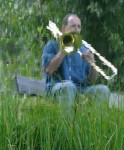

8. ‘Seven Positions’ tm withPhil Teele-Los Angeles Studio Recording Legend
9. ‘Seven Positions’ tm withJohn Rojak-Chamber Music Great from The American Brass Quintet
10. ‘Seven Positions’ tm withBen van Dijk
11. ‘Seven Positions’ tm withRandall Hawes-of The Detroit Symphony Orchestra
12. ‘Seven Positions’ tm withDenson Paul Pollard-Metropolitan Opera Orchestra
13. ‘Seven Positions’ tm withThomas Matta-Chicago Master Arranger and and Freelance Bass Trombonist
14. ‘Seven Positions’ tm withFred Sturm-Gifted Arranger and Original Member of Matrix
2014
15. ‘Seven Positions’ tm with Bill Reichenbach-King of the Jazz Bass Trombone
16. ‘Seven Position’ tm with Massimo Pirone, the most accomplished jazz bass trombonist of his generation.
17. ‘Seven Positions’ tm with Erik Van Lier one of Europe’s great bass trombonists.
18. ‘Seven Positions’ tm withJennifer Wharton
19. ‘Seven Positions’ tm withMatyas Veer
20. From the Berlin Philharmonic,
Stefan Schulz Translates “Seven Positions”.
21. George Roberts with Jon Yeager
2015
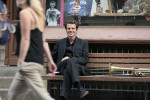
22. Craig Gosnell23. Jeff Reynolds
24. Operatic Triple-Threat, Dan Satterwhite.
2016….
25. Dennis Bubert
26. Jan Kagarice
27. Steve Norrell
28. Jason Sulliman
29. Award-winning soloist, Matyas Veer
30. Canadian Sensation Isabelle Lavoie.
31. Beast trombonist Bob Sanders.
2017
32. Randy Campora, Habla Bass Trombone.
33. Matthew Guillford.
2018
34. LA Premieres with Terry Cravens. 35. Pure Bass Bone Gold, Paul Faulise 36. Big Band Master Ed Partyka

